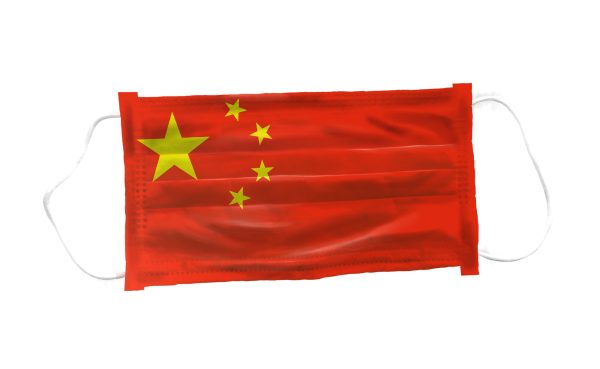Sri Lanka, a flourishing nation, has finally fallen to the China’s debt-trap diplomacy.
The proud Lankans are now forced to stand in serpentine queues for fuel, food and
other essential items, a nightmare none of them imagined would happen to their
beautiful island nation.
Inflation has spiked to double digits and the government has declared emergency to
prevent growing civil unrest from spilling out into the streets.
The worsening plight of Lankans has sent a loud warning bell in the neighboring
countries like Nepal and Pakistan where, like Sri Lanka, much of the economic
promise is based on Chinese calculations.
In the midst of the gloom, there is a growing recognition of India’s Good Samaritan
role in Colombo. As economic crisis took hold of Sri Lanka, India was quick to reach
out with immediate aid in terms of fuel, food and medicines. Since January 2022,
New Delhi has helped Sri Lanka with $2.4 billion, including a $400-million currency
swap and a $500-million loan deferment. In March, Sri Lanka signed an $1-billion
credit line agreement with India for the procurement of food, medicines, and other
essential items. About 40000 tonnes of rice are being shipped along with other food
items and medicines. Long-term bilateral projects like the Trincomalee oil tank
project are on line, after a hiatus of two decades.
On the other hand, China, which all along has been hailed as a savior in Colombo—
Prime Minister Mahinda Rajapaksa had even held prayer for China during Covid
outbreak– has refused to offer any concessions in debt repayment. Total debt to
China stands at $ 8 billion, almost one-sixth of Sri Lanka’s total external debt of $45
billion. More urgent is the repayment of $7 billion this year as debt servicing, of
which $2 billion to China. To make this payment, Sri Lanka has foreign exchange
reserves of $2.31 billion, woefully short for repayment and for importing essential
food, oil and other items.
Sri Lanka lost much of its foreign exchange earnings from enormous losses in
tourism and foreign remittances following the Covid epidemic. The tourism income
fell by 96 per cent. In 2019, Sri Lanka had earned $3.6 billion, which dropped down
to only $141 million in 2021.
Equally damaging reason has been successive governments in Colombo eagerly
courting Chinese investments, to adopt a faulty infrastructure model and to spite the
traditional partner and neighbour, India. China promised huge investments at
seemingly reasonable terms. From 2006 to 2019, China invested $12 billion in
infrastructure projects from 2006 till 2019.
Some of its star projects are the Hambantota port and the Colombo Port City, the
latter at the cost of $1.4 billion which is expected to complete in 2043. Even after
completion, 43 per cent of the reclaimed land would be leased to China for 99 years
as part of Colombo’s repayment model. The project, like other Chinese funded
projects, is unlikely to generate any revenue for the country close to two decades. In
2021-22, the Hambantota port has already been leased out to China for 99 years
against $1.2 billion.
Global lending agencies like the International Monetary Fund (IMF) and World
Bank have time and again warned the Sri Lankan governments about the growing
debt burden from China’s Belt and Road Initiative (BRI) projects like Hambantota
Port and Colombo Port City.
In a report prepared for the US State Department, the Harvard Kennedy School of
Policy noted that China’s debt book diplomacy exploited strategic debts to gain
political leverage with economically vulnerable countries across the Asia-Pacific
region. The paper identified 16 “targets” of China’s game plan of extending
hundreds of billions of dollars in loans to countries that can’t afford to repay them,
and then strategically leverage the debt. One such target was Sri Lanka.

Chinese debt entraps Sri Lanka
by
Tags:
Leave a Reply